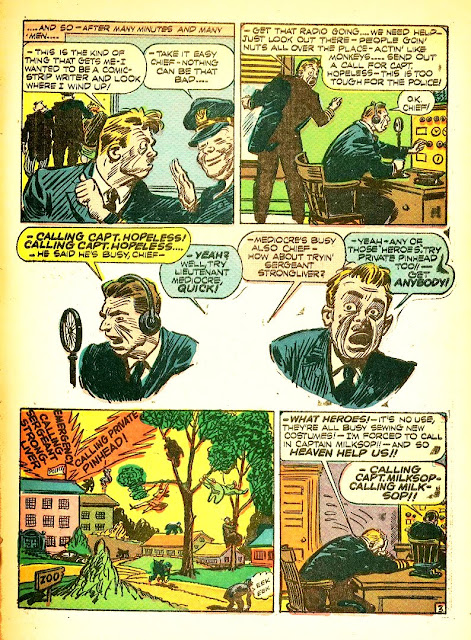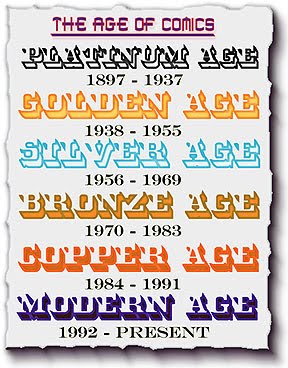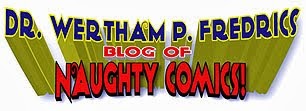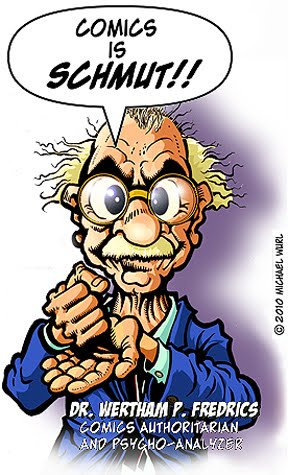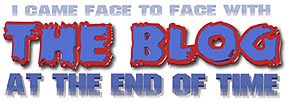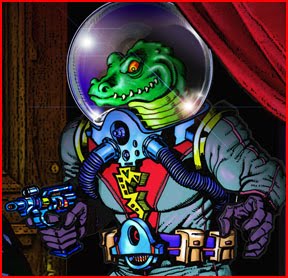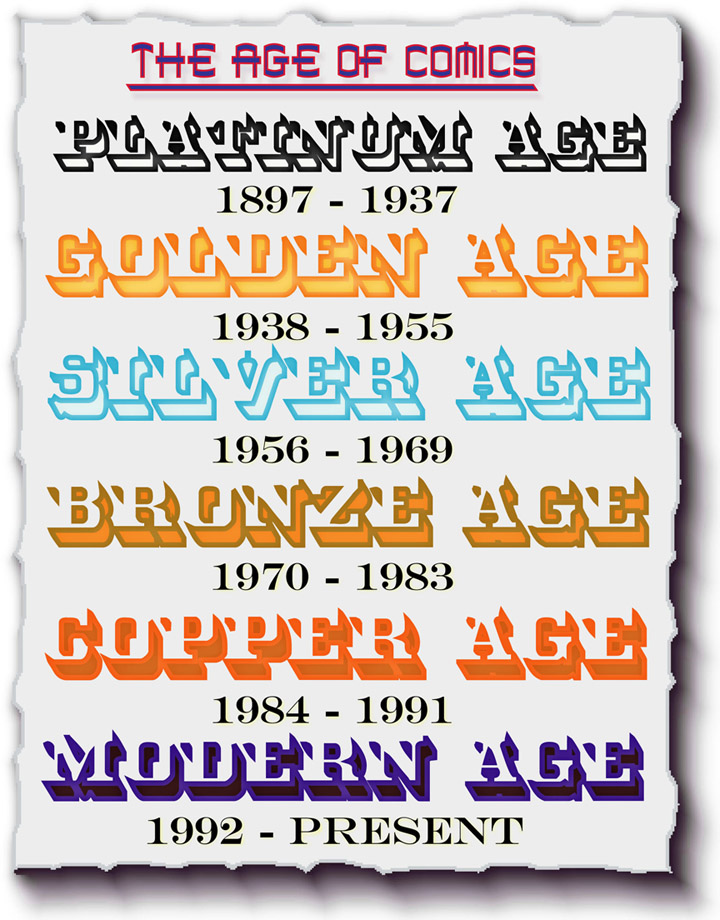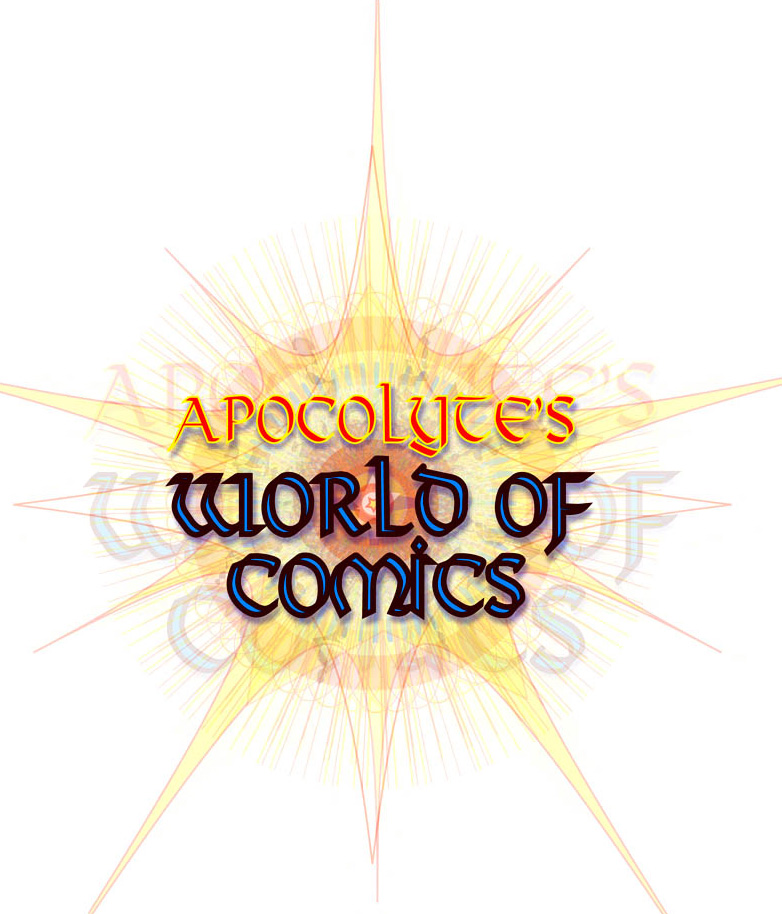The readers have spoken!
The final poll results to determine which era of comic books is your favorite have made your choices clear! The majority of comic fans frequenting this blog have chosen the Silver Age as their favorite era of comics! That isn't surprising, when one realizes that the Silver Age is when comics experienced a dramatic rebirth, spurred on by Marvel and DC comics, who brought forth the comics renaissance of the 60's! Also not surprising considering how many readers of a certain age, like myself, grew up with these comics! The final percentage of readers preferring Silver Age comics was 43%!
Coming in at a close second is the Golden Age, at 35%. While I love the Silver Age, I am a fan of the Golden Age because the more I explore those older comics, the more amazing stuff I discover. Many great names that Silver Age fans are familiar with actually began working in the Golden Age, and a close look will reveal what I call 'hidden treasures' by great artists like Gil Kane, Joe Sinnott, Gene Colan, John Romita, Jack Kirby, etc, etc., etc.! I think I love Golden Age comics also because they are the foundation for all the comics that followed, obviously, and serious study of them will uncover incredible and fascinating things that you may not have been exposed to before.
The Bronze Age received 12% of the votes, and many of us collecting comics have scads of these beauties. Like any of the eras, this one produced some good, some bad, some great, and some really awful comics. The closer we get to the present, the more comic publishers and therefore the more comics there were for us to buy! The more comics there were, the more new artist were appearing, and the face of comics changed again.
The Copper Age and the Modern Age each received 1% of the votes. This isn't a comment on the quality of the comics produced then, merely a reflection of this blog's readership, who obviously don't come here to look at new comics. It was during this time frame that technology really progressed and changed the way comics were produced, for better or worse. Lotsa great stuff in these eras, too!
Finally, we had 5% of readers who admitted they thought that this blog was a porn site. As far as I know, it isn't. Sorry, you 5 % -- I hope you still drop in and enjoy the comics!
Thanks, everyone who voted! Soon I will post another poll designed to discover more of your likes and dislikes, your deepest hidden thoughts, and your discriminating preferences regarding yet another scintillating comic book topic! I already know I have the best blog readers in the world coming here...not only are you intelligent, you're also good-looking!
If you voted (or even if you didn't), feel free to leave a comment now as to why you feel a certain era is better or not compared to the others, won't you? I'd love to hear what you have to say!
The Copper Age and the Modern Age each received 1% of the votes. This isn't a comment on the quality of the comics produced then, merely a reflection of this blog's readership, who obviously don't come here to look at new comics. It was during this time frame that technology really progressed and changed the way comics were produced, for better or worse. Lotsa great stuff in these eras, too!
Finally, we had 5% of readers who admitted they thought that this blog was a porn site. As far as I know, it isn't. Sorry, you 5 % -- I hope you still drop in and enjoy the comics!
Thanks, everyone who voted! Soon I will post another poll designed to discover more of your likes and dislikes, your deepest hidden thoughts, and your discriminating preferences regarding yet another scintillating comic book topic! I already know I have the best blog readers in the world coming here...not only are you intelligent, you're also good-looking!
If you voted (or even if you didn't), feel free to leave a comment now as to why you feel a certain era is better or not compared to the others, won't you? I'd love to hear what you have to say!


































